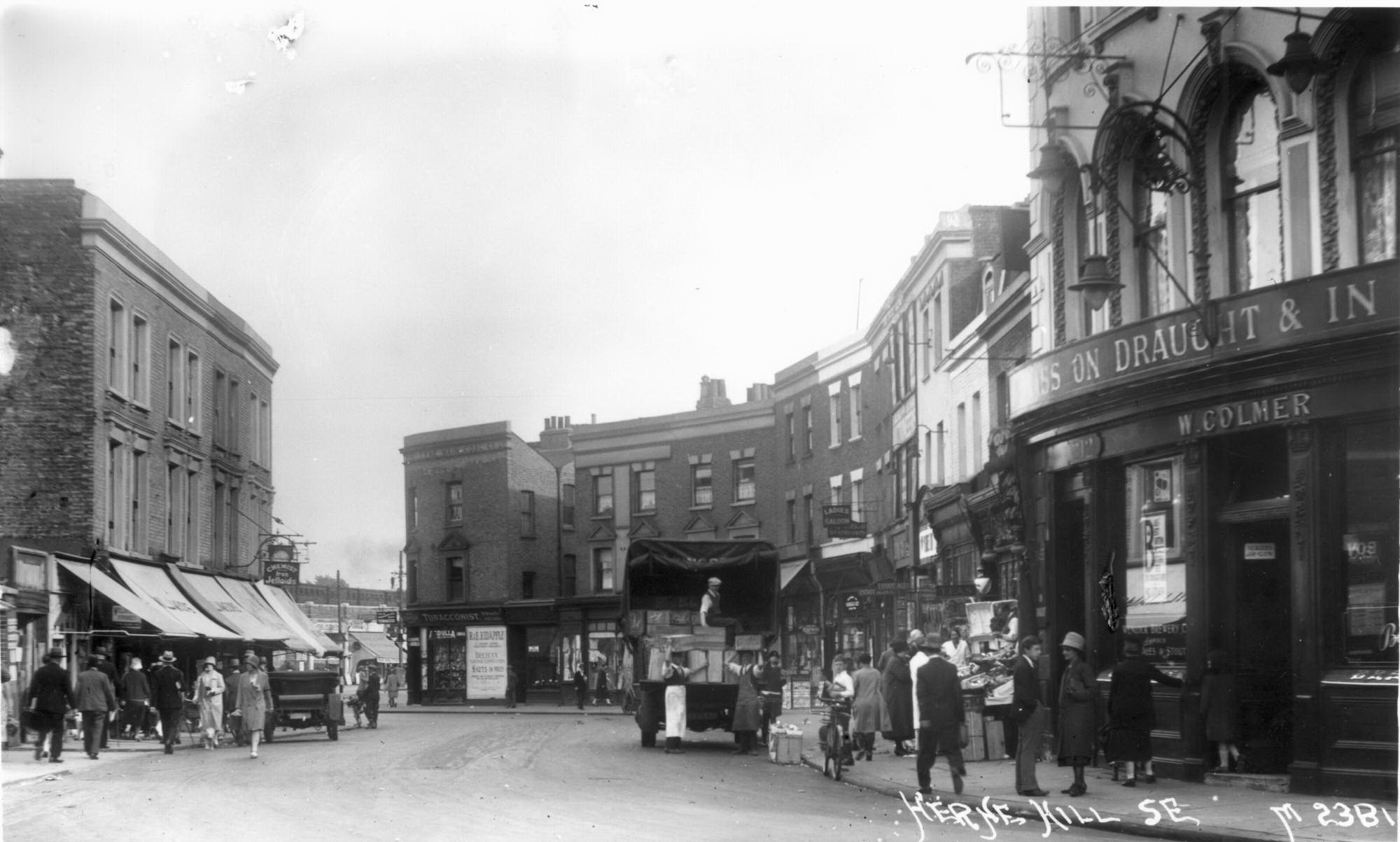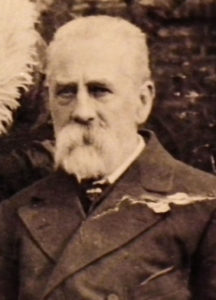This shop is currently home to Lark.
It was at first a tobacconist and later a fishmonger’s.
n 1871 Octavius Down was a clerk “out of employment”, working as a tobacconist at 317 Railton Road (called Station Road at that time).
He lived there for nearly 10 years with his wife Frances and their five sons and three daughters. Born the 11th of Henry and Meliora Down’s 16 children (despite his name!), Octavius lived in Camberwell New Road before trying his luck in Australia in 1853, where he met and married Frances Buhrer a year later.
They lived in Melbourne for 10 years and four of their eight children were born there (five died in childhood). Octavius was a parliamentary clerk in Melbourne but by 1863 he was on a ship back to Britain, and in 1866 he was living at Herne Place, and working in the audit office of the London, Chatham & Dover Railway at an annual salary of £70. However, things didn’t work out here either and in 1868 he left; by 1871 he was living at 317 Railton Road and working as a tobacconist. He may have been a keen cyclist, as in 1876 this address is recorded as the offices of the Crystal Palace District Bicycle Club where “members are reminded that turbans are to be worn in lieu of the straw hats, during the winter months”.
Octavius must have continued to look for work as a clerk as in the 1881 Census he is now a warehouse clerk, now living in Milkwood Road. In 1891 he was in Denmark Rd and in 1901 in Coldharbour Lane, moving to Valmar Road a couple of years later. In 1905 his wife Frances died, and was buried in West Norwood cemetery. Octavius retired to Bexhill with one of his daughters and died in 1914, aged 84.
The shop continued to be a tobacconist with Henry Sayer working here for a short time before Frank and Jane Griffiths moved in with their young family and Emily Jenner, a maid of all work. Frank had been married before but his first wife had died young. They were only here a couple of years before Frank himself died aged just 44, leaving Jane with two children aged eight and five.
In the late 1880s the shop became a fishmonger’s which it remained for nearly 90 years. At first the fishmonger and his family lived above the shop. In 1891 Thomas Jones from Brixton was here with his wife Harriet and their family; they had previously lived opposite Brockwell Lido. His eldest son, George, was his assistant but perhaps business wasn’t good as Thomas also worked as a cabdriver. Other fishmongers who plied their trade here include father and son George and Henry Fowke, between 1897 and 1901.
George was born in 1846 and married Emily Smith. They had 10 children of whom two died as infants. Like many tradesmen they moved around, living in Lordship Lane, Chaucer Road and Water Lane. Their son Henry married Amelia Wales at St Matthew’s Brixton. They had five sons and four daughters; two of their children died as infants. By 1901 the shop was “in occupation for business only”.
By 1903 fishmongers Harry William Pooley and Frederick Harry Pooley (father and son) were here, staying for some 20 years. In 1920 they were robbed, in a case that made the newspapers. Frederick Drain, 18, and Oliver Deatle, 19, were charged with stealing a sack of fish worth 15 shillings from Frederick Harry Pooley of Railton Road. PC Hart saw Deatle go to the rear of the premises and come away with a sack. He detained Deatle who said that Drain had given it to him. Drain (who was employed by Pooley as an errand boy) admitted that it was true. Deatle was discharged and Drain, who had been bound over the year before on a charge of larceny and sent to a home from which he had absconded, was remanded. The verdict of the case is unclear.
In 1921 Frederick Harry Pooley was living in Tulse Hill and working at Mac Fisheries at 317 Railton Road. Mac was a retail chain founded by William Lever, 1st Viscount Leverhulme. In 1931 Jacob Smith, aged 45, collapsed and died while serving in the shop. It was owned by Mac Fisheries until at least 1969.
This article forms part of the “History of Shops” project, created and researched by the Herne Hill Society.


